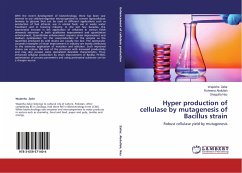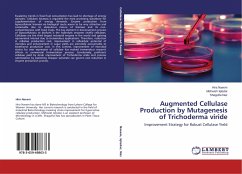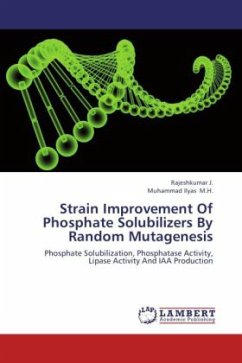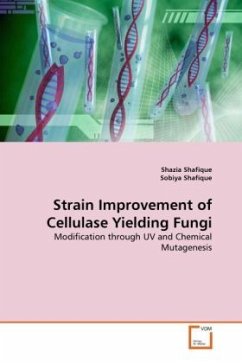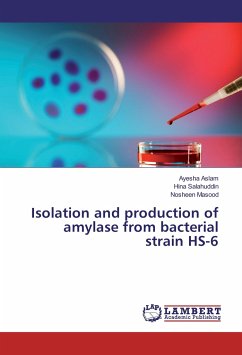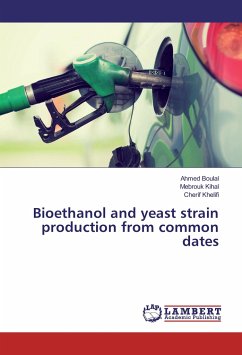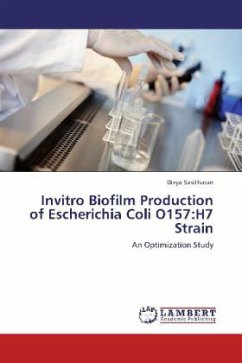With the recent development of biotechnology, there has been vast interest to use cellulose-digestive microorganisms to convert lignocellulosic biomass to glucose that can be used in different applications such as production of fuel ethanol, use in animal feed, use in waste water treatment and in brewing industry. In the last few decades, the exponential increase in the application of cellulases in various fields demands extension in both qualitative improvement and quantitative enhancement. Quantitative enhancement requires strain improvement and medium optimization for the overproduction of the enzyme as the quantities produced by wild strains are usually too low. The spectacular successful examples of strain improvement in industry are mostly attributed to the extensive application of mutation and selection. Such improved strains can reduce the cost of the processes with increased productivity and may also possess some specialized desirable characteristics. Thus, enhanced cellulase production by strain improvement of Bacillus PC-BC6, optimization of process parameters and using pretreated substrate can be a cheaper source.
Bitte wählen Sie Ihr Anliegen aus.
Rechnungen
Retourenschein anfordern
Bestellstatus
Storno

